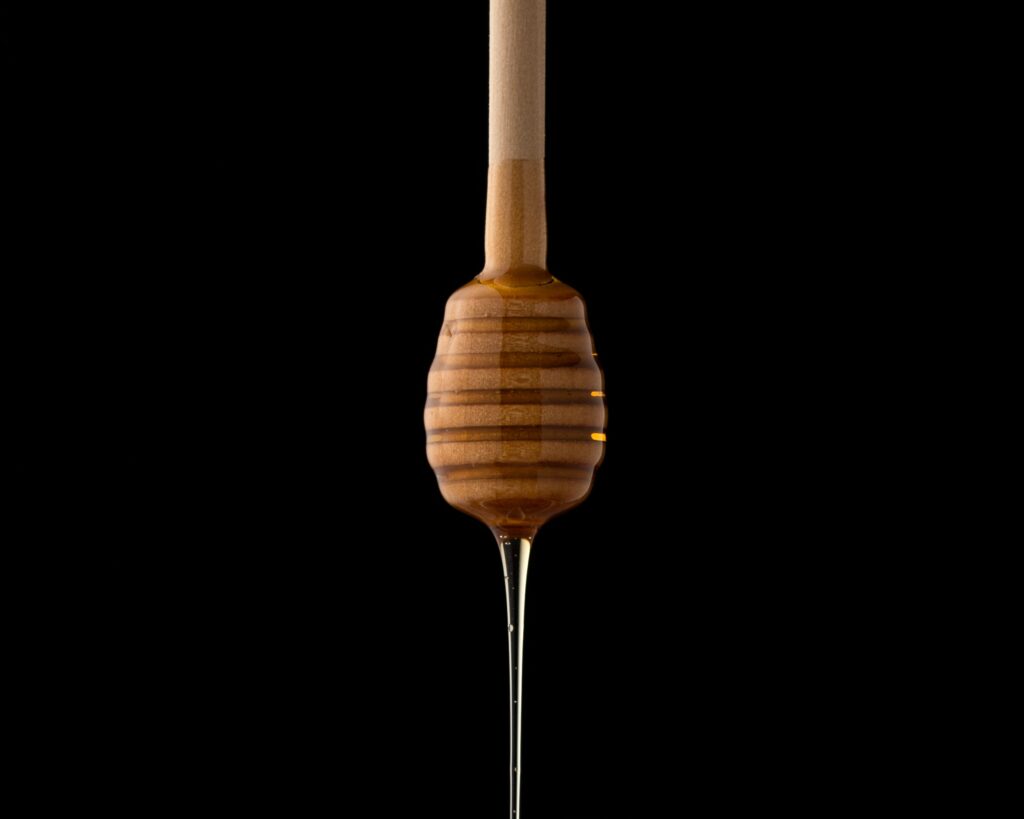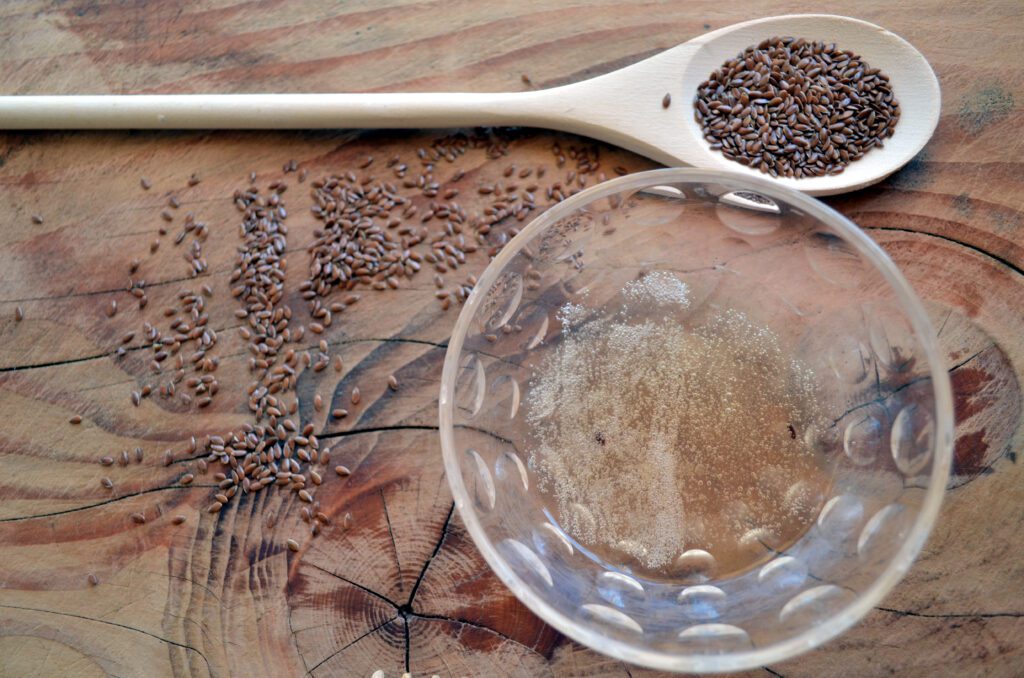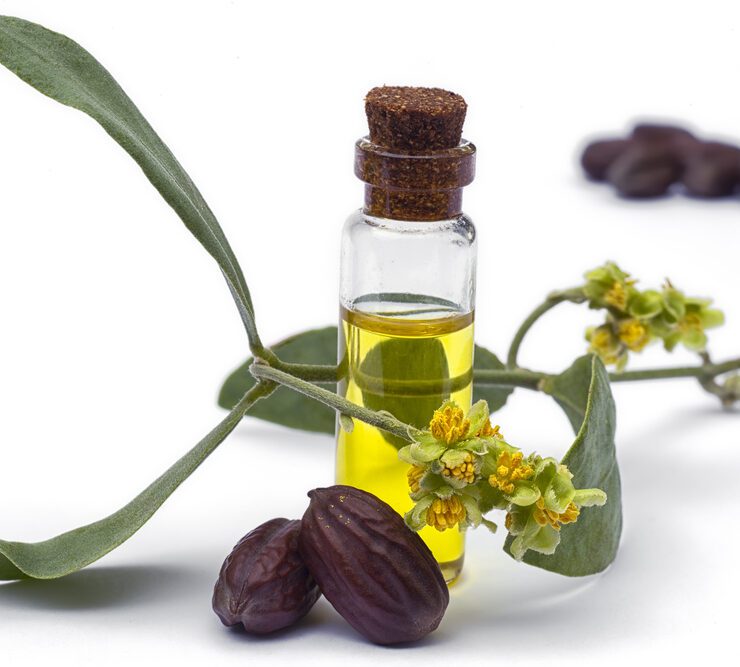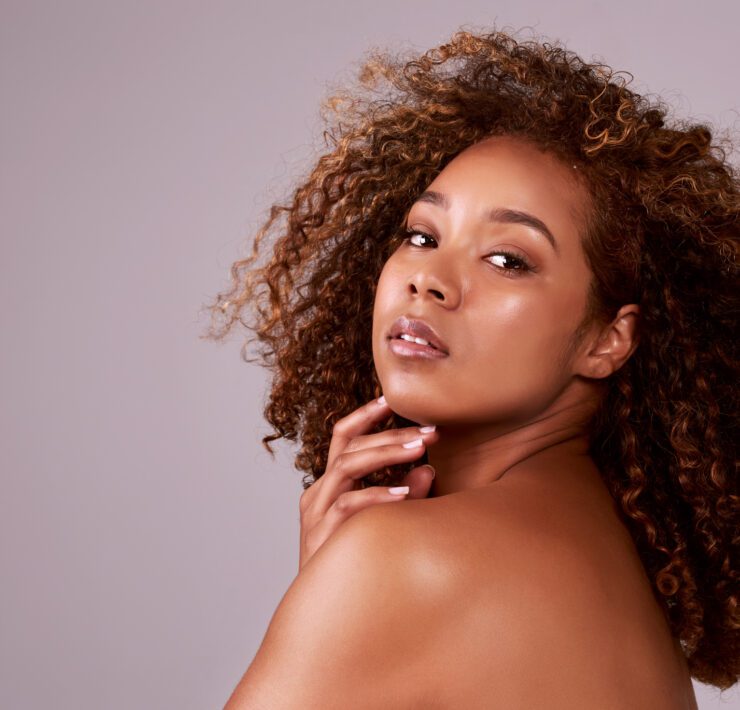
What Are They and Why Do You Need Them?
Film-forming humectants are amazing hair moisturizers and ideal for several hair textures. These humectants are especially effective for low porosity hair or thin, low-density hair that is easily weighed down. If your hair is on the dry side, and continues to get drier each day after the original wash day, you should begin incorporating a film-forming humectant into your hair care routine. If you use a gel or other styling product that contains one or more film-forming humectants, you will be much more likely to enjoy hydrated curls and have easy refresh days.
How do film forming humectants differ from common humectants?
Film-forming humectants differ from common humectants, like glycerin and sorbitol, in the way they attract and keep water in the hair. Common humectants attract water from the surrounding air when it is abundant. These humectants work well when the hair is wet or the surrounding air is not dry. Once the hair has dried, these humectants can pull moisture from the hair if the air is dry. This is why humectants like glycerin or sorbitol can release water fairly readily and make the hair feel very dry (see the article on Flash Drying).
In contrast, film-forming humectants are very large molecules that form a film over the hair keeping moisture in and preventing the hair from dehydrating. When a film-forming humectant forms a clear flexible seal over the hair, water inside the hair is blocked and has to pass through the film. This results in less water loss from your hair to the surrounding air. Many film-forming humectants are derived from plant tissues. They are typically slippery, like a gel, and dry clear and smooth.

Protein derived film-forming humectants, depending on the size, can get under the cuticles or sit on top of the hair, to keep the hair hydrated by blocking water from escaping. Small and medium sized proteins are able to get under the cuticles somewhat to moisturize the hair. While medium to large proteins form clear films over the hair to help slow water loss. But be careful! If you have low porosity, high elasticity, and/or high density hair, you want to avoid protein overload and not use a protein-derived film-forming agent.
Simple Humectant Examples:
- Glycerin
- Sorbitol
- Propylene glycol
Film-Forming Humectants Derived From Plants:

- Flaxseed gel
- Okra gel (made from okra seed pods)
- Aloe vera
- Marshmallow root
- Slippery elm
- Carrageenan (also known as irish moss or seaweed extract)
- Hydroxyethylcellulose
- Pectin
- Xanthan gum
- Guar gum
- Nettle leaf tea or nettle extract
- Hydroxypropyltrimonium honey
Protein-Based Film-Forming Humectants
- Hydrolyzed proteins
- Peptides
- Amino acids
- Hydrolyzed cocodimonium hydroxypropyl proteins
- Cocoyl hydrolyzed protein
- Potassium cocoyl hydrolyzed protein
- Hydrolyzed oat flour
Using a leave-in conditioner (L) that contains oils (O), coupled with a gel (G) containing a film-forming humectant (i.e., LOG method) can give you hydrated hair for days. The oils in the leave-in conditioner form a waterproof barrier on wet hair to prevent water from escaping. The film-forming humectant in the gel adds a water-soluble, water-sealing layer over the oils. By using both oil and a film-forming humectant, you increase the likelihood that your hair will remain hydrated.
Also, definitely read this article for THIRTY gels with film-forming humectants for FRIZZ.
For The Ultimate Guide to Humectant-Containing Products go to SHOP.






